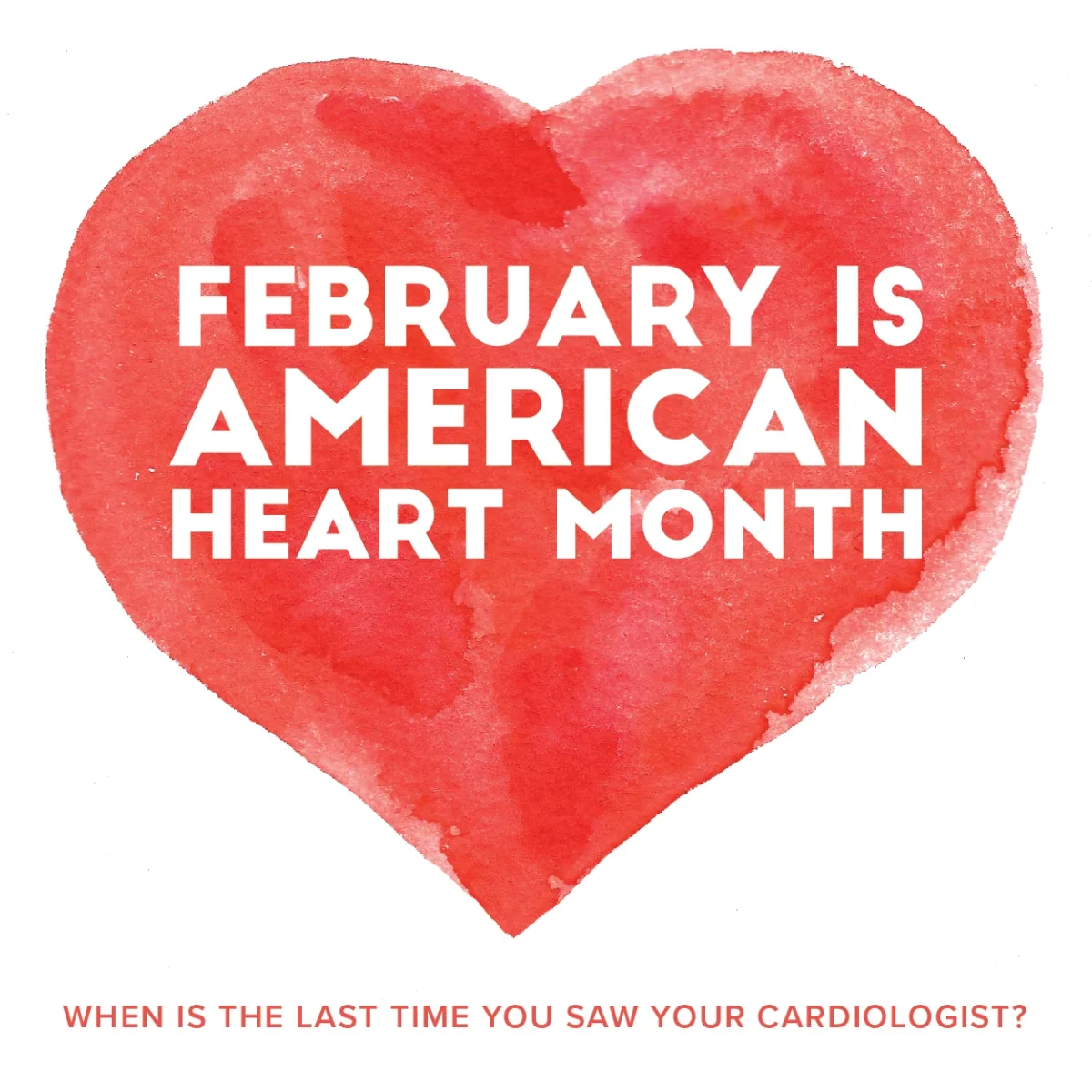What is seasonal depression? Google’s definition of seasonal depression is “a mood disorder characterized by depression that occurs at the same time every year.” but let’s expand on that. First off, seasonal depression is a term that became more popular in our vocabulary than its real name, SAD, short for seasonal affective disorder. SAD is another term for a type of depression associated with the change in seasons. Commonly, people with seasonal depression (SAD) start to feel their symptoms during the winter. It makes sense to feel this way during the winter since everything is generalized as cold and dark without the holiday season. However, people with SAD can also feel this way during the summer season and any other season. Because SAD is seasonal, it often finds resolution or relief in the following season. An example of this sort would be if someone felt this way in the winter; it would most likely resolve in the spring or summer. The most common symptoms of SAD are: feeling unmotivated and sad most of the time, nearly every day; losing enjoyment in activities you once loved; low energy; a change in your sleep schedule, usually sleeping too much; a shift in eating habits; difficulty concentrating; and feeling hopeless, worthless, or guilty for no reason at all. The causes of SAD are still unknown and could be nothing at all, rather than the time of year. It has also been found that sometimes people feel they have fallen into a routine in their lives and develop SAD from the lack of change. Other times, people can develop SAD from too much change in their lives. All the reasons for developing SAD are valid, but remember, it’s okay and important to ask for help when needed. This is especially true if you’ve felt this way for a long period and don’t understand how to handle these feelings. Please seek help. Seeking help is the first step to understanding seasonal depression. Use the resources you have around you, like family, your guidance counselor, or seeking therapy.
Seasonal Depression
Milania Kazymirczuk
•
December 21, 2023

0
More to Discover











